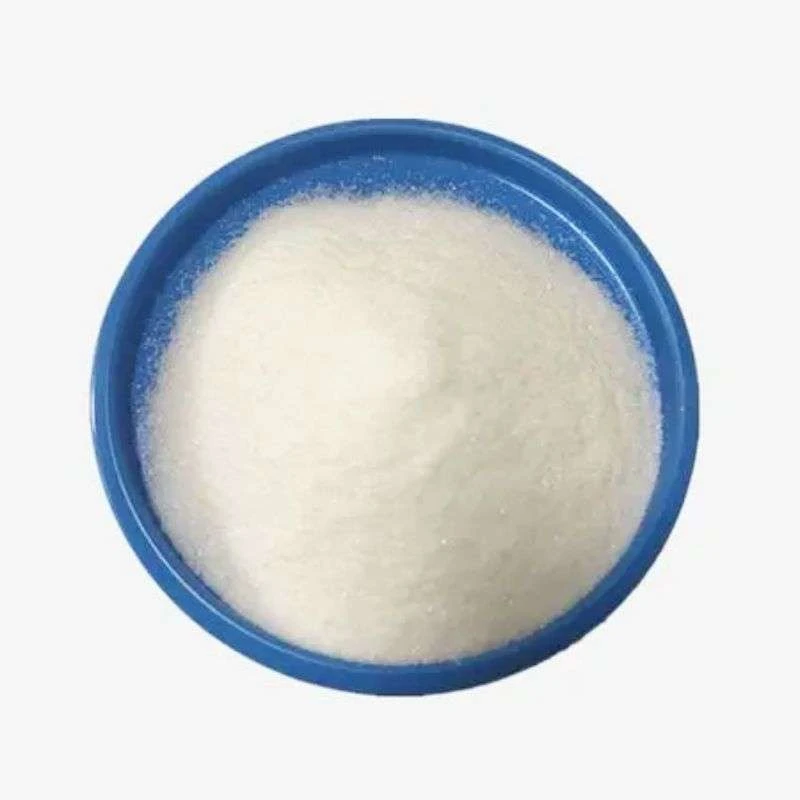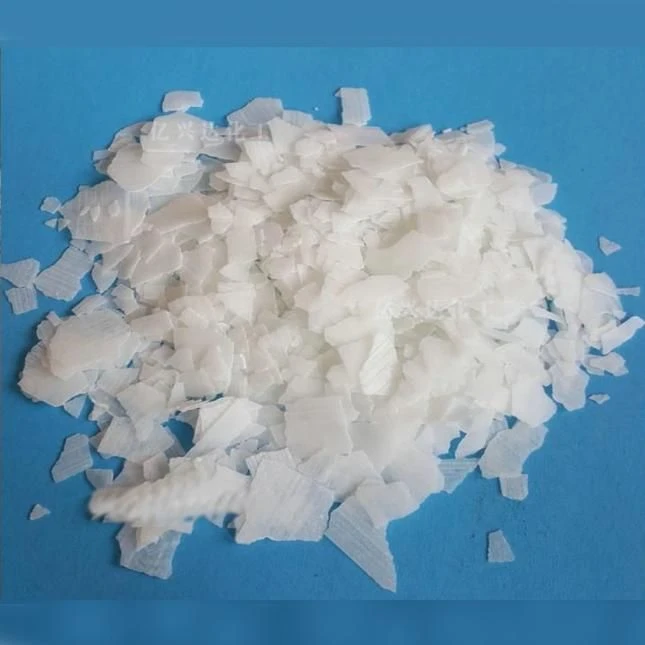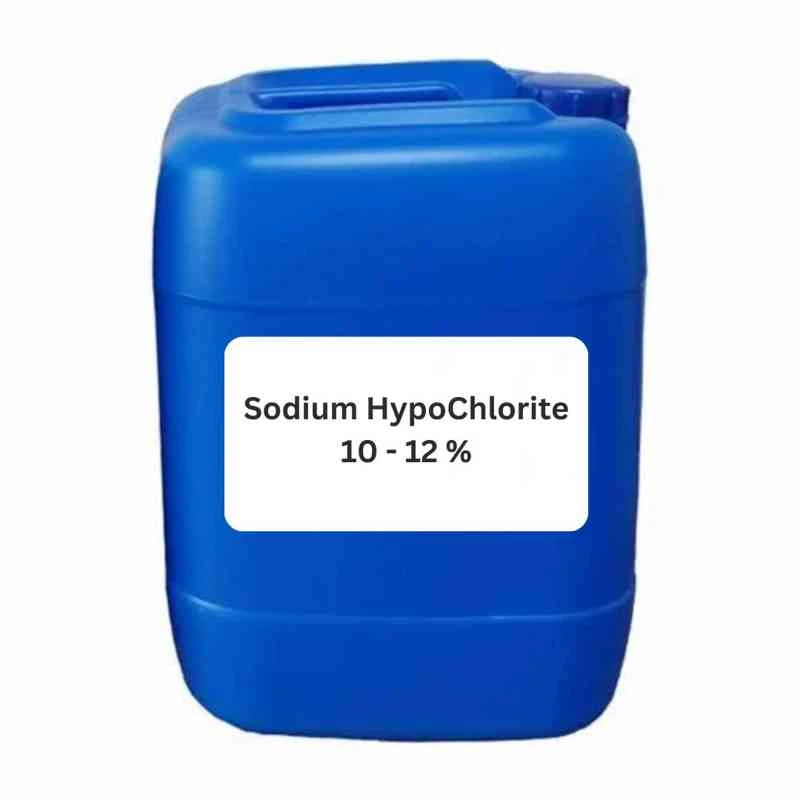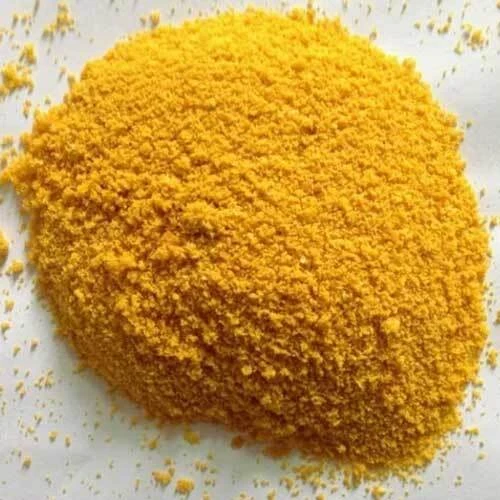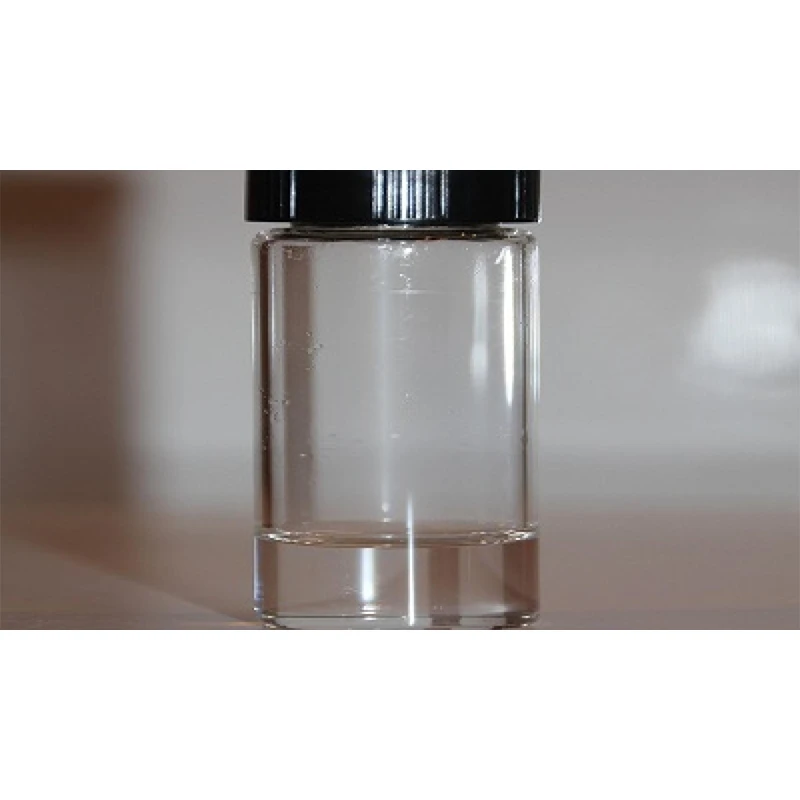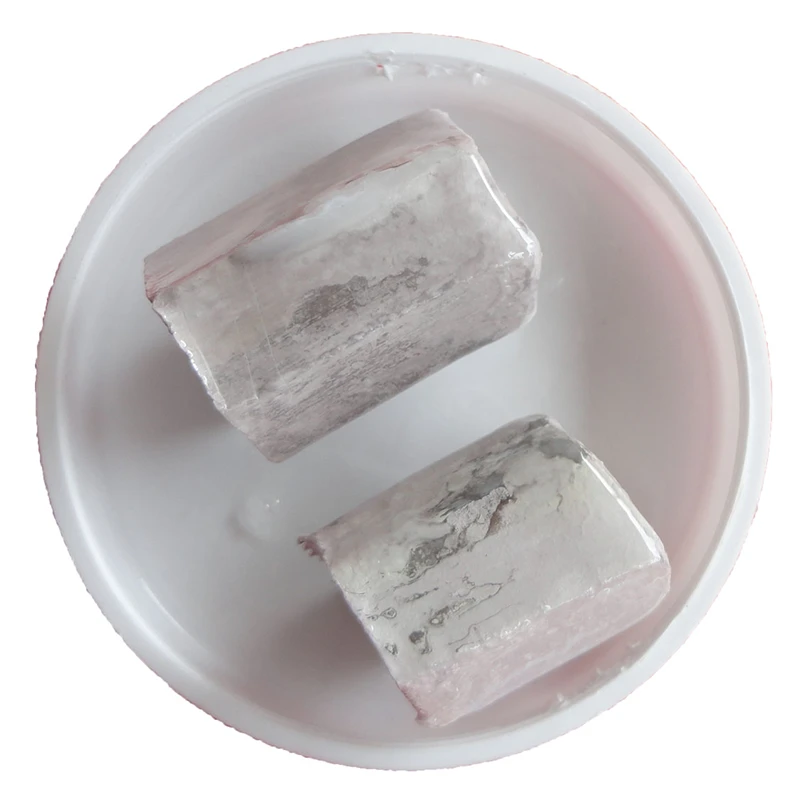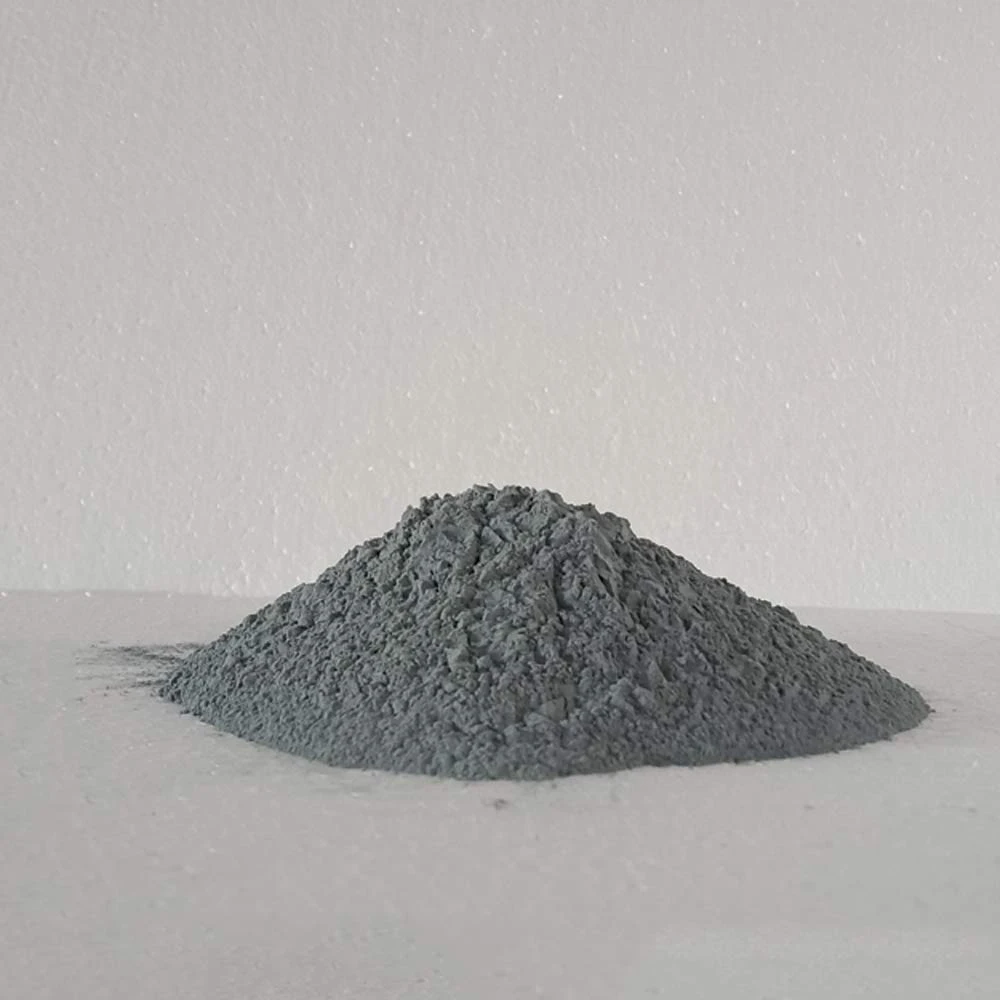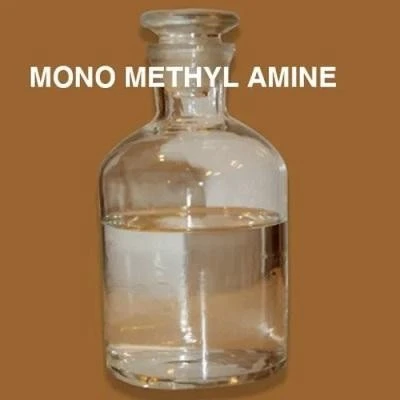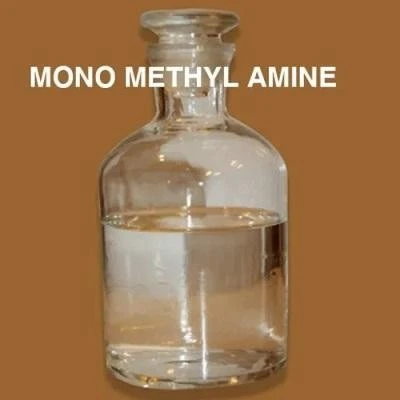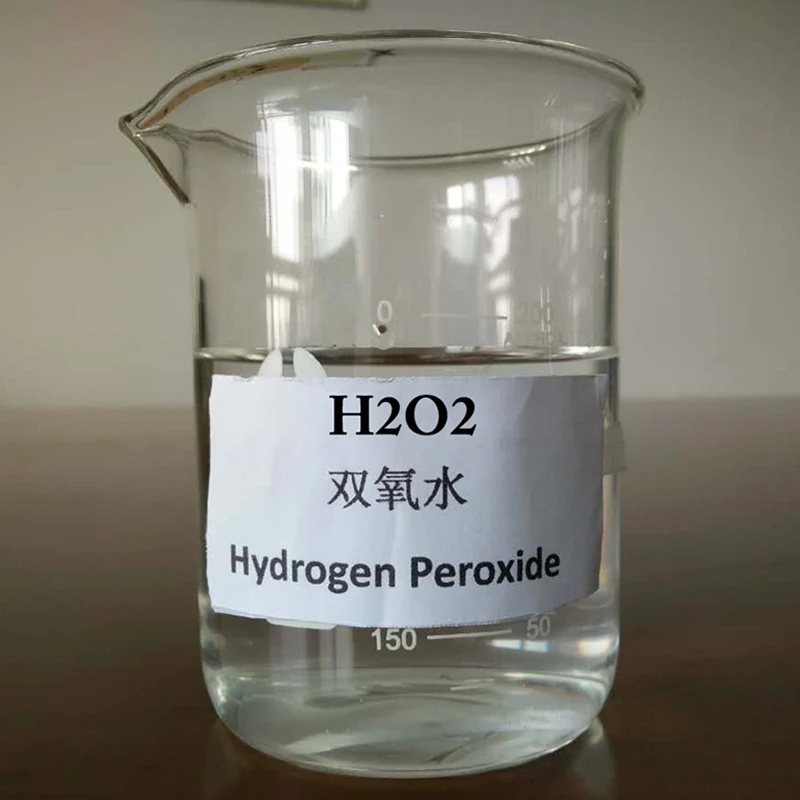


Spirodiclofen 24 SC: Powerful Insecticide & Mite Control
Unlocking Crop Protection: The Science of Spirodiclofen
In the dynamic landscape of modern agriculture, effective pest management is paramount for ensuring global food security and economic stability for growers. Among the innovative solutions, spirodiclofen stands out as a critical active ingredient for controlling a broad spectrum of mites and certain insect pests. As an advanced ketoenol acaricide, it plays a pivotal role in integrated pest management (IPM) strategies, offering targeted action against resistant populations and preserving beneficial insects. This comprehensive guide delves into the technical intricacies, application advantages, and industrial significance of spirodiclofen, providing B2B stakeholders with the insights necessary to make informed decisions and optimize their crop protection programs. We explore its unique mode of action, manufacturing excellence, and real-world performance, highlighting why it remains a preferred choice for high-value crops worldwide. The growing demand for sustainable and efficient pest control methods underscores the continuous relevance and development of active ingredients like spirodiclofen in the global agrochemical market, addressing evolving agricultural challenges and supporting healthier yields.
Technical Specifications and Mode of Action
Spirodiclofen is chemically classified as a tetronic acid derivative, belonging to the IRAC Group 23, which signifies its unique mode of action as a lipid biosynthesis inhibitor (LBI). This distinct mechanism targets the synthesis of lipids in pests, primarily affecting fatty acid and sterol synthesis, leading to metabolic disruption and eventual death. Its efficacy extends to all developmental stages of mites, including eggs, larvae, nymphs, and adult females, providing a comprehensive solution. This ovicidal and larvicidal activity is particularly valuable in preventing pest population build-up early in the season. Below is a detailed table outlining the key technical parameters of this potent acaricide, demonstrating its robust profile for agricultural applications. Understanding these specifications is crucial for formulators and distributors to ensure product quality and field performance.

The effectiveness of spirodiclofen is further enhanced by its translaminar activity, meaning it can penetrate the leaf surface and move within the plant tissue to reach pests on the underside of leaves, offering extended protection and excellent residual control. This characteristic ensures that even pests not directly contacted by the spray are exposed to the active ingredient. Its specific mode of action makes it an excellent tool for resistance management strategies when rotated with acaricides from different IRAC groups. Furthermore, the selectivity of spirodiklofen towards many beneficial insects and natural enemies is a significant advantage, aligning with modern ecological farming practices and reducing the environmental impact, which is a key industry trend.
Manufacturing Process and Quality Assurance
The production of high-quality spirodiclofen technical material involves a sophisticated multi-step chemical synthesis process, followed by meticulous purification and formulation. The manufacturing journey typically begins with the careful selection of high-purity raw materials, ensuring that precursors meet stringent chemical specifications. Key steps often include condensation reactions, cyclization, and esterification, each meticulously controlled for temperature, pressure, and reaction time to maximize yield and purity. Intermediate products undergo rigorous in-process quality checks using advanced analytical techniques such as Gas Chromatography (GC) and High-Performance Liquid Chromatography (HPLC) to detect impurities and ensure the reaction proceeds as desired.
Following synthesis, the crude product undergoes a series of purification steps, which may include crystallization, filtration, and drying, to achieve the desired technical grade purity (typically ≥95%). This purified technical material is then formulated into various commercial products like spirodiclofen 24 SC (Suspension Concentrate), EC (Emulsifiable Concentrate), or WP (Wettable Powder). The formulation process is critical for ensuring product stability, efficacy, and ease of application. For instance, SC formulations involve milling the technical material into fine particles suspended in water, requiring precise particle size distribution control to prevent settling and enhance bioavailability. Our adherence to international quality standards such as ISO 9001 and Good Laboratory Practice (GLP) principles ensures consistent product quality and reliability across all batches. Each production lot undergoes final quality control checks, including active ingredient content, physical stability, and pH, guaranteeing that every product delivered meets or exceeds FAO and other regulatory specifications. This stringent process ensures a reliable product with optimal shelf life and performance.
Application Scenarios and Strategic Advantages
Spirodiclofen is widely adopted across various agricultural sectors due to its broad-spectrum efficacy against key mite species and suppression of certain whiteflies. Its primary application targets include red spider mites (Tetranychus spp.), citrus red mites (Panonychus citri), and European red mites (Panonychus ulmi), which pose significant threats to a multitude of high-value crops. In perennial crops such as citrus orchards, pome fruit (apples, pears), grapes, and tree nuts, spirodiclofen is integral for early-season mite control, preventing population explosions that can severely impact yield and fruit quality. Its strong ovicidal activity provides a crucial advantage by breaking the mite life cycle from the outset.
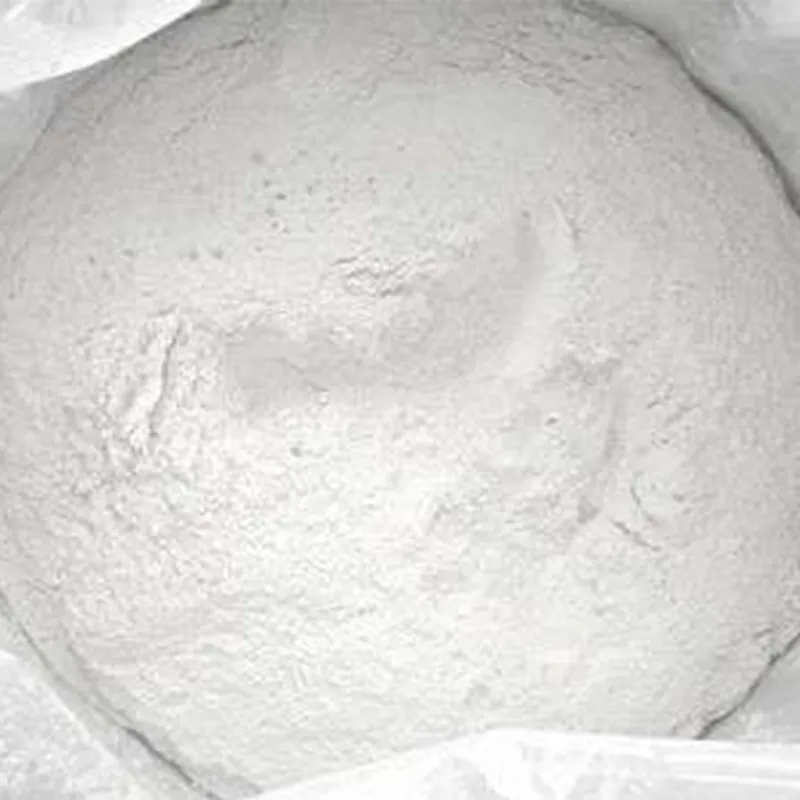
For vegetable growers cultivating crops like tomatoes, cucumbers, and peppers, spirodiclofen insecticide offers dependable protection against various mite pests, ensuring healthy plant development and marketable produce. The translaminar movement of the active ingredient ensures that coverage is effective, even on dense foliage where pests might hide. From a technical advantage perspective, its unique mode of action makes it an ideal component for anti-resistance strategies. By rotating spirodiclofen with acaricides from different chemical classes, growers can significantly extend the effective life of multiple active ingredients. Furthermore, its favorable ecotoxicological profile, particularly its minimal impact on beneficial arthropods such as predatory mites and pollinators, makes it a cornerstone for sustainable agriculture and integrated pest management (IPM) programs. This selective nature reduces the need for broad-spectrum alternatives that might disrupt the natural balance of the ecosystem, aligning with contemporary environmental stewardship.
Manufacturer Comparison and Custom Solutions
Selecting the right manufacturer for spirodiclofen is a critical decision for formulators and distributors, directly impacting product quality, regulatory compliance, and market competitiveness. Key factors to consider include the manufacturer's purity standards for the technical material, consistency of batch quality, and adherence to international regulatory guidelines (e.g., FAO, EPA, EFSA where applicable). Reputable manufacturers often provide comprehensive technical support, including analytical methods, stability data, and registration dossiers, which are invaluable for product development and market entry. Our commitment to stringent quality control, backed by ISO 9001 certification and extensive R&D, positions us as a reliable partner in the agrochemical supply chain.
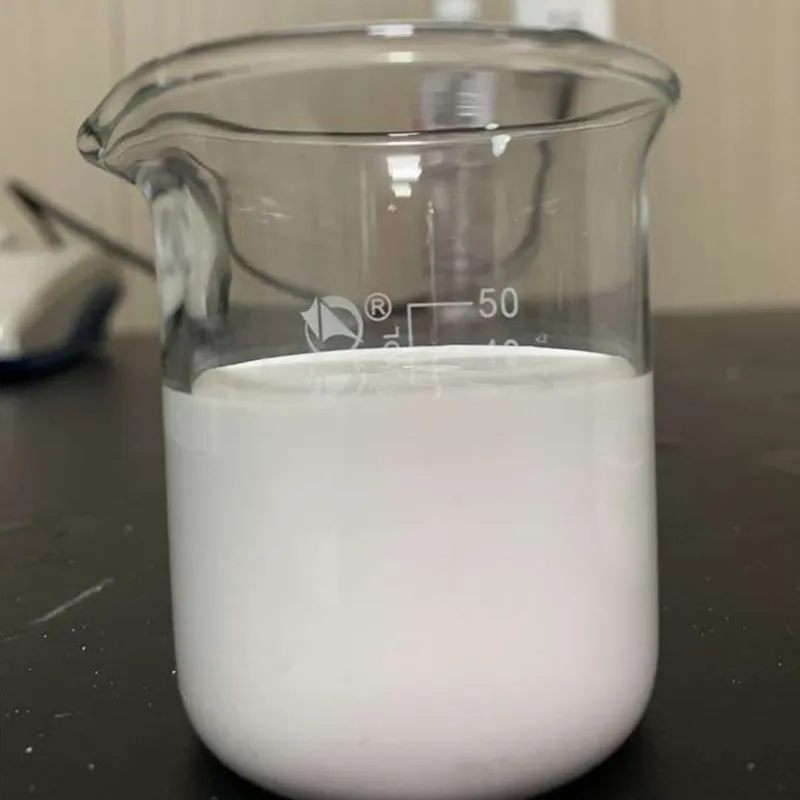
Beyond standard technical offerings, we specialize in providing customized solutions tailored to specific market needs or formulation requirements. This includes developing specific concentration formulations like spirodiclofen 24 SC or custom blends with other active ingredients to create synergistic products. Our technical team works closely with clients to understand their unique challenges, offering bespoke packaging options, formulation adjustments, and regulatory guidance to ensure seamless integration into their product portfolios. This collaborative approach allows our partners to differentiate their offerings and respond effectively to evolving agricultural demands, ensuring optimal performance of spirodiklofen in diverse climatic and cultivation conditions. Our expertise in navigating complex regulatory landscapes also assists clients in achieving necessary product registrations efficiently.
Case Studies and Performance Benchmarks
Field trials and commercial applications consistently demonstrate the superior efficacy of spirodiclofen against target mite pests. For instance, in a randomized block trial conducted on citrus groves heavily infested with citrus red mites, a spirodiclofen 24 SC formulation applied at recommended rates achieved over 95% control of adult mites and an 80% reduction in egg viability within 10 days post-application, with residual activity lasting up to 28 days. In comparison, treatments with older generation acaricides showed significantly lower efficacy and shorter residual control. Another case involved greenhouse tomatoes battling two-spotted spider mites; weekly applications of spirodiclofen resulted in rapid population decline and prevented rebound, leading to a 15% increase in marketable yield compared to untreated controls.
These benchmarks underscore the product's reliability and its ability to deliver consistent results under varied environmental conditions. Customer feedback from large-scale growers in the Mediterranean region frequently highlights the product's extended control period and its compatibility with biological control agents, supporting IPM programs. Our ongoing commitment to research and development involves continuous performance monitoring and the exploration of new application methods, ensuring that spirodiclofen remains at the forefront of acaricide technology. Detailed efficacy reports and safety data sheets are available upon request for technical buyers and regulatory bodies, providing full transparency on product performance and environmental impact.
Ensuring Trust: Quality, Delivery, and Support
Building and maintaining trust with our B2B partners is at the core of our operations. We guarantee the highest quality spirodiclofen technical material and formulated products through a rigorous quality management system, including comprehensive batch testing and traceability. Our products come with a robust quality assurance commitment, ensuring compliance with international purity standards and regulatory specifications. In the unlikely event of any quality deviation, our dedicated support team is equipped to provide swift and effective resolutions.
Understanding the critical timelines in the agricultural supply chain, we maintain an efficient logistics network to ensure timely delivery of orders. Our standard delivery cycle typically ranges from 15 to 30 days for bulk orders, depending on destination and specific formulation requirements, with expedited options available for urgent needs. Our customer support extends beyond mere transactions; a team of technical experts is available to provide guidance on product handling, application best practices, and regulatory compliance. We offer extensive post-sales support, including troubleshooting and consultation, ensuring that our partners derive maximum value from our spirodiclofen insecticide products throughout their lifecycle.
Frequently Asked Questions (FAQ) about Spirodiclofen
- Q1: What is the primary mode of action of spirodiclofen?
- A1: Spirodiclofen is a lipid biosynthesis inhibitor (LBI), belonging to IRAC Group 23. It disrupts the synthesis of fatty acids and sterols in target pests, leading to their demise.
- Q2: What pests does spirodiklofen primarily control?
- A2: It is highly effective against a wide range of mite species, including spider mites and rust mites. It also provides suppression of certain whitefly species.
- Q3: Is spirodiclofen suitable for resistance management programs?
- A3: Yes, its unique mode of action (IRAC Group 23) makes it an excellent tool for rotating with acaricides from other chemical classes to prevent or manage pest resistance development.
- Q4: What are the common formulations of spirodiclofen?
- A4: The most common formulations include Suspension Concentrate (SC), such as spirodiclofen 24 SC, and Emulsifiable Concentrate (EC).
- Q5: What is the typical shelf life for technical grade spirodiclofen?
- A5: When stored under proper conditions (cool, dry, dark), technical grade spirodiclofen typically has a shelf life of 2 years from the date of manufacture.
Conclusion
As global agricultural practices continue to evolve, the demand for highly effective, sustainable, and reliable crop protection solutions remains strong. Spirodiclofen, with its distinct mode of action, broad-spectrum efficacy against mites, and favorable environmental profile, represents a cornerstone active ingredient in modern integrated pest management strategies. Its ability to control all life stages of mites and its selectivity towards beneficial insects make it an invaluable tool for growers seeking to protect their yields while adhering to stringent environmental standards. Through rigorous manufacturing processes, adherence to international quality benchmarks, and a commitment to customer-centric solutions, we ensure that our spirodiclofen products consistently deliver the performance and reliability expected by B2B partners worldwide.
References
- Nauen, R., et al. "Spirodiclofen: A New Acaricide with a Novel Mode of Action." Pest Management Science, vol. 59, no. 1, 2003, pp. 29-37.
- International Resistance Action Committee (IRAC). "IRAC Mode of Action Classification Scheme." IRAC Official Website, 2023.
- European Food Safety Authority (EFSA). "Conclusion on the peer review of the pesticide risk assessment of the active substance spirodiclofen." EFSA Journal, vol. 9, no. 6, 2011, p. 2221.
- Food and Agriculture Organization of the United Nations (FAO). "Manual on development and use of FAO specifications for plant protection products." FAO Plant Production and Protection Paper, 2010.
-
Zinc Chloride: a reliable stabilizer for ice dye color salts in the dye industryNewsAug.11,2025
-
Propargyl Alcohol: A Multifunctional Chemical Additive in the Industrial FieldNewsAug.11,2025
-
Phosphorus Pentasulfide: a special material that combines moisture absorption and basic chemical valueNewsAug.11,2025
-
Natural Pesticides: The Environmental Choice for Green Prevention and ControlNewsAug.11,2025
-
Grass Pesticide: the invisible guardian of green lawnsNewsAug.11,2025
-
Dimethyl Sulfoxide: Key Assistance in Sample Management and Drug ScreeningNewsAug.11,2025
-
Uncover the Benefits of Sodium ChlorateNewsJun.24,2025
